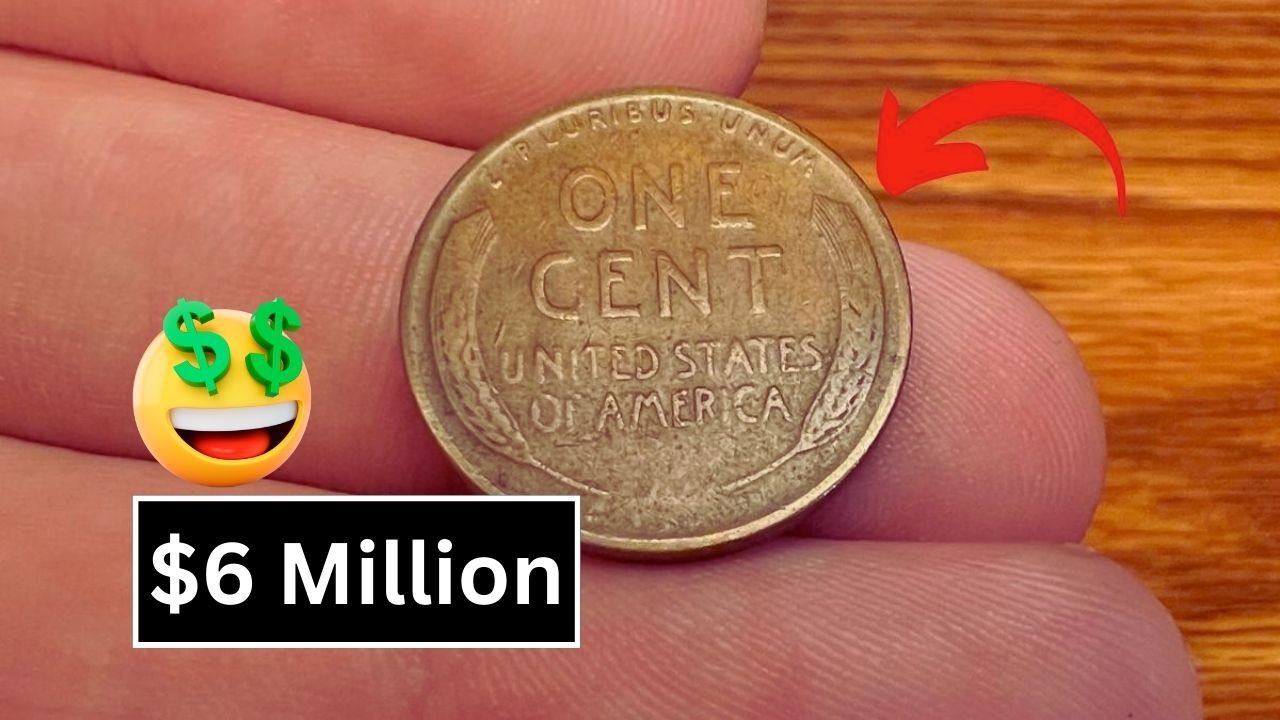In an era where loose change often collects dust in jars or gets overlooked in transactions, a single Lincoln Wheat Penny could turn an ordinary day into a life-changing windfall. Reports of a rare 1943 Lincoln Wheat Penny, valued at an astonishing $6 million, have reignited excitement among coin collectors and everyday Americans alike. The twist? This multimillion-dollar treasure might still be hiding in circulation, waiting to be discovered.
The Legend of the 1943 Bronze Wheat Penny
The Lincoln Wheat Penny, minted from 1909 to 1958, is a staple of American numismatic history. However, one specific year and metal composition sets it apart: the 1943 bronze penny. During World War II, the U.S. Mint switched from bronze (95% copper, 5% tin and zinc) to zinc-coated steel to conserve copper for wartime machinery. Millions of 1943 pennies were struck in silver-toned steel—but a handful were mistakenly minted in bronze.
These rare bronze coins, estimated to number fewer than 20 in existence, are considered the “holy grail” of penny collecting. In 2021, one specimen graded MS62 by PCGS (Professional Coin Grading Service) sold for $1.7 million at auction. Yet experts speculate that pristine examples could fetch up to $6 million due to their historical significance and scarcity.
Could You Have One in Your Pocket?
The idea that a $6 million penny might still be in circulation seems improbable, but it’s not impossible. Over the decades, rare coins have turned up in everyday transactions. In 2017, a Massachusetts teen found a 1943 bronze penny in his school cafeteria change a coin later valued at over $200,000.
To identify a potential 1943 bronze penny:
- Only 1943 pennies are suspect.
- Steel pennies are magnetic; bronze ones are not.
- Steel pennies often show rust, while bronze remains reddish-brown.
If your 1943 penny doesn’t stick to a magnet and has a copper hue, contact a certified coin appraiser immediately.
Other Lincoln Pennies Worth a Fortune
While the 1943 bronze penny is the crown jewel, other Wheat Pennies could also be hiding in plain sight:
- 1955 Double Die Obverse: A minting error caused a visible doubling of the date and text. Values range from $1,000 to $25,000.
- 1909-S VDB: The inaugural year’s scarce San Francisco mint issue (with designer Victor D. Brenner’s initials) can fetch up to $3,000.
- 1922 No-D: A rare Denver Mint error without the “D” mintmark, worth up to $60,000.
The Thrill of the Hunt
Coin experts urge the public to examine their spare change carefully. “Rare coins surface more often than people think,” says numismatist John Roberts. “Families pass down jars of old coins, or someone spends a inherited collection without knowing its value.”
For those inspired to hunt, remember
- Avoid cleaning coins, as this can damage their surface and reduce value.
- Store potential finds in protective holders.
- Seek authentication from organizations like PCGS or NGC (Numismatic Guaranty Company).
A Modern-Day Treasure Hunt
The allure of the Lincoln Wheat Penny lies in its blend of history and potential fortune. While the odds of finding a $6 million penny are slim, the excitement of the search and the chance to uncover lesser-known rarities keeps collectors and casual searchers hooked.
So, before you dismiss that jar of pennies on your dresser, take a closer look. Your spare change might just be the key to an unexpected fortune.




